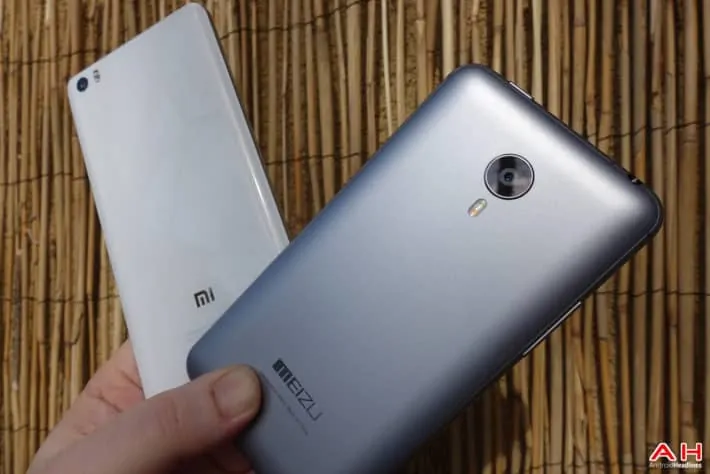According to an industry research report released Tuesday, the current crop of flagship smartphones from Chinese manufacturers is considerably more expensive this year. When compared to the pricing of last year’s models, prices have risen by as much as 50 percent.
For years the Chinese smartphone market has been the home base for a scruffy group of hardware manufacturers, such as Xiaomi and Huawei, who have been producing low-cost devices intended primarily for sale to lower-income buyers in emerging markets, and at home to a growing Chinese middle class. Until recently this strategy has proven quite successful, as the names of Xiaomi and Huawei have risen in prominence, to the point where they’re routinely mentioned in the same articles as the likes of Samsung, Apple, and HTC. Xiaomi’s Mi 4 and Huawei’s P8 are both recognized to have rightly earned their distinction as flagships of solid competition, and to substantiate that praise, one only has to look at the companies’ sales figures as evidence of their preference in the marketplace.
This financial success has certainly contributed well to Xiaomi and Huawei’s bottom lines, though it is now posing the need for Chinese manufacturers to make a key decision and pivot, as the Chinese market has rapidly approached a critical level of saturation. This will inevitably result in a decline in revenue for Chinese market players, unless they can successfully enter other lucrative foreign markets. Predictably, the collective increase in notoriety and popularity of these companies in Southeast Asia has attracted more attention from tech lovers outside the Chinese market – and the door has been opened for the Chinese group to step through and introduce a higher-grade line of smartphones to consumers in foreign lands who can afford to pay more for quality tech.
A comparison of flagship pricing year-over-year reveals that this upward trend in pricing has been occurring already, in the past year, as a consequence of their flagships touting higher-quality specs and premium construction material. Xiaomi’s Mi 4 is roughly 50% more expensive than its predecessor, representing a $100 (in U.S. dollars) increase in the retail price of Xiaomi’s flagship. Huawei’s P8 is $60, or about 10%, more expensive than the P7 was at its debut. ZTE’s Grand S3 is around 20% more expensive than the company’s previous flagship model. Lenovo’s Vibe X2 is a whopping $400 vs. $270 for the Vibe X.
These sales figures are very impressive for companies whose names were unknown to much of the tech world until quite recently. They clearly show that China can play for higher stakes and win, so long as they continue to produce handsets of a quality that is at least at parity with Apple’s iPhone and Samsung’s Galaxy S6 (and, of course, HTC’s One M9), to name a few. If they can impress the world with a demonstration of their ability not only to manufacture elegantly but also to innovate brilliantly, they stand to satisfy a large global appetite for more-affordable smartphones that don’t sacrifice on quality.
